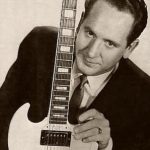Thomas Edison born on the 11th of February 1847 and died on the 18th of October 1931. He is very famous for his inventions like the discovery of the light bulb and many more. However, his discovery of the phonograph gave us a chance to listen to music. The phonograph funneled sound through a large horn with a needle at its narrow end. The sound waves moved the needle which then cut grooves into a cylinder or flat wax disc.
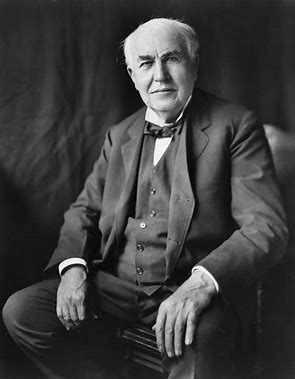
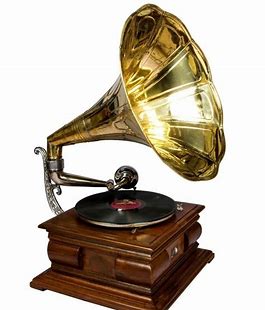
Mulitracking– the process of sound recording that allows for the separate recording of multiple sound sources and the layering of sources recorded at different times. Lester William Polsfuss born June 19, 1915, and died August 12, 2009, known as Les Paul, was an American jazz, country, and blues guitarist, songwriter, luthier, and inventor. He has invented multitracking, many people called his music fake as no one has ever made those sounds before.
Overdubbing- An audio recording technique in which a performer listens to an existing recorded track and simultaneously plays and records a new performance along with it. Les Paul was an early innovator of overdubbing and began to experiment with it around 1930.
Tracks-The individual layers of sound in multitrack recording.
Mixing Board-An electronic device used for combining multiple audio signals and changing parameters such as the volume, timber, and equalization of each.
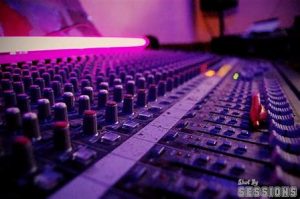
Tape Loop-A recorded section of sound o music on magnetic tape that is cut and spliced end-to-end. The tape becomes a closed ”loop” that plays continuously.
Bouncing- The process of recording multiple tracks of music onto one or two tracks freeing u the original tracks for further recording. For example, The Beatles would often ”bounce” tracks to make room for more overdubs.
All sound is vibration. When you speak you create sound waves through the air. when you it is because those vibrations have been registered in your ear which is then transformed into electrochemical impulses that are sent to your brain and then your brain converts them into recognizable sound.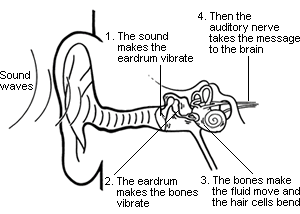
Similarly, microphone functions are very similar to a human ear. The pressure of the waves is converted into electrical waves that travel through a cable and are then amplified and broadcast through speakers or recorded to a magnetic tape.
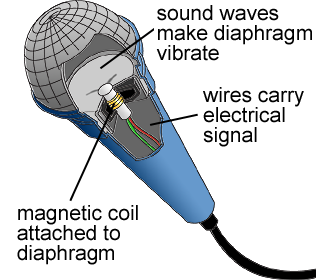
Analog– is a technique used for the recording of analog signals which, among many possibilities, allows analog audio and analog video for later playback.
Digital-is a method of representing sound as numerical values. Digital music is often synonymous with MP3 music since that’s a common file format that digital music exists in.
An analog to digital converter also referred to as an ADC or an analog signal converter, is used to turn analog signals into digital signals without changing the essential message of the underlying data. For example, voices work on analog signals, and computers are typically designed using digital technology.
Advances in both analog-to-digital conversion and digital sound synthesis have enabled home studios to become simultaneously much smaller and more powerful. The digital computer hard drive has all but eliminated magnetic tap from the average recording studio.
Microphone Positioning
- distance between mic and vocalist, distance is an important factor to consider when placing mics.
- vertical angle higher frequencies reflect off the roof of the mouth and the nose
- horizontal angle the coloration of a large diaphragm is often a reason for some models of microphone being famous
- the off-axis frequency response often means lesser sensitivity its good for singers that sing backing vocals
Drums=
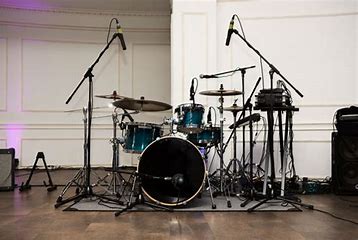

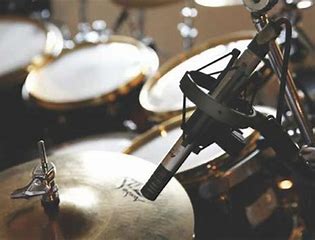
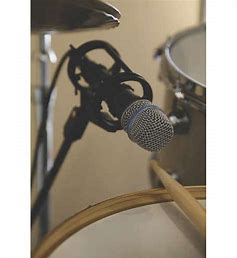
Vocals= 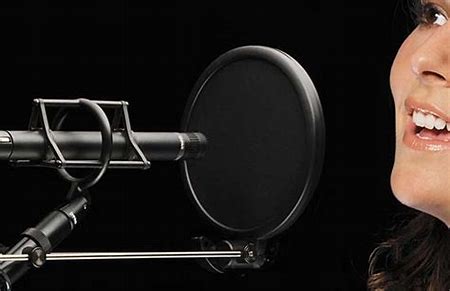
stops from recording other sounds in apart from the vocals
Guitar = 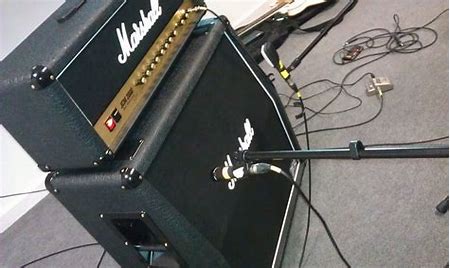
Dynamic microphones have relatively simple construction and are therefore economical and rugged. They can provide excellent sound quality and good specifications in all areas of microphone performance. In particular, they can handle extremely high sound levels: it is almost impossible to overload a dynamic microphone. However, condensers can readily be made with higher sensitivity and can provide a smoother, more natural sound, particularly at high frequencies. Flat frequency response and extended frequency range are much easier to obtain in a condenser. In addition, condenser microphones can be made very small without significant loss of performance. Dynamic mics are for capturing loud and strong sounds like drums and vocals. They are mostly used in a live setting. Whereas condenser mics capture more delicate sounds at higher frequencies they are suitable for recording vocals and they are used mostly in studios because of the sound they create and the recording sounds more delicate and full. However, with the dynamic mics, it would sound like a recording from your phone and it would pick up many other sounds around.
